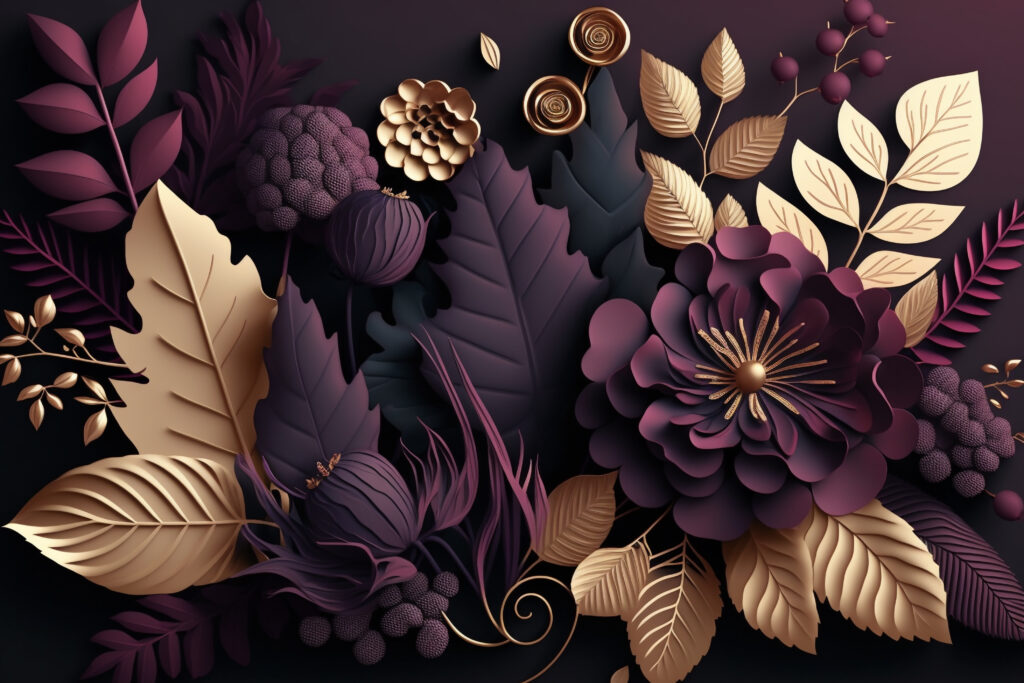I personally have been very excited about AI. I don’t really feel that artificial intelligence does things for me entirely, but it only works as a kind of tool that speeds up my work and opens up new opportunities to perform certain functions. I also especially like the art that I can create with different artificial intelligence applications. You can see examples of these pieces in this post.
To be honest, I have also thought about using the possibilities of artificial intelligence to create posts for this blog as well, as far as theory is concerned. The rest of this post is actually created by artificial intelligence, which of course I have edited and checked myself.
If you are really not familiar with artificial intelligence as an art creator, below is a little more theory.

How AI Is Creating The Next Wave Of Art
In a world where technology is increasingly becoming a part of our everyday lives, it’s no surprise that AI is also starting to make its way into the art world.
AI is providing new opportunities for artists to create art that would not have been possible before. It’s also changing the way we consume art, making it more accessible to everyone.
In this blog post, we’ll take a look at the benefits of AI in the art world, how AI is changing the way we create and consume art, and the future of AI in the art world.
The benefits of AI in the art world
AI is having a major impact on the art world, providing new opportunities for artists to create art that would not have been possible before. AI-enabled tools for creating digital art, for example, allow for more complex works to be created and manipulated. These digital tools also enable artists to quickly and easily adjust the aesthetic elements of their creations, making it much faster and easier to create their artwork.
Furthermore, AI is allowing artists to explore new mediums and styles that they wouldn’t have otherwise had access to. For example, AI-generated images and videos can be created and manipulated to create abstract works that otherwise wouldn’t have been possible.
Similarly, AI-enabled music composition programs can generate complex musical pieces that couldn’t be created by hand. By using AI, artists are able to explore a new realm of possibilities and create art never seen before.
How AI is changing the way we create and consume art
Artists aren’t the only ones benefitting from the advances of AI in the art world. AI is also changing the way we consume art. AI-enabled software is making it easier for digital artists and creators to share their works quickly and easily with a wide audience. By leveraging AI, artists can tap into vast amounts of data to create unique, one-of-a-kind pieces that stand out from the crowd.
In addition, AI has made it easier for people to consume art in a variety of ways. AI-enabled services such as Spotify and Pandora make it easier for people to find what they want to listen to, while AI-enabled services such as Netflix and Hulu make it easier to find television shows and movies to watch.
By using AI, people can find art that they’re interested in in a much faster and easier way.
The future of AI in the art world
AI is certainly making a big impact in the art world, but its potential is far from being fully explored. In the future, experts believe that AI can have a much bigger role in the art world. For example, AI-enabled services could be used to generate art pieces based on the user’s input. This could lead to the creation of custom art pieces that are tailored to the individual’s tastes and preferences.
Moreover, AI could also be used to automate parts of the creative process, such as the initial ideation stage. AI could also be used to recommend art pieces to people, making sure they find what they’re looking for more easily. As AI continues to advance, we can expect it to have an ever-greater influence in the art world.
Conclusion: AI is having a major impact on the art world, allowing both creators and consumers to explore new possibilities. AI-enabled tools are making it easier for artists to create complex art pieces and for people to find works to consume. In the future, AI could be used to generate custom art pieces and to automate parts of the creative process.
As AI continues to evolve, its potential in the art world is sure to expand further.





